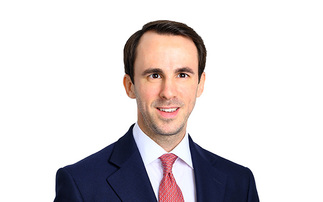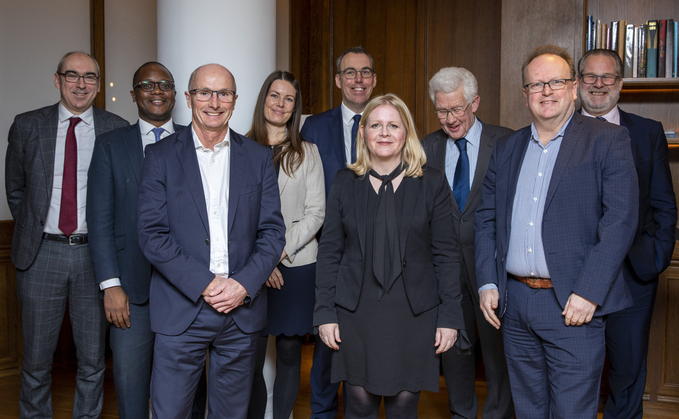
The panellists were (left to right) LawDeb Pension Trustees director Keith Scott, SEI Investments client strategy director Martin Mwale, IC Select director Donny Hay, SEI Investments consultant relations director Kerstin Hartmann, Professional Pensions editor Jonathan Stapleton (chair), Isio head of fiduciary management oversight Paula Champion, BESTrustees president Alan Pickering, Redington managing director Nick Horsfall and Capital Cranfield director Giles Payne
In January 2023, Professional Pensions held a roundtable to reflect on the aftermath of the market turbulence last year and ask what the impact of the liability-driven investment (LDI) crisis has been for fiduciary managers and the broader industry.
The panel, which was chaired by Professional Pensions editor Jonathan Stapleton, also looked at the effectiveness of policies, processes, and governance structures established prior to the Mini Budget announcement, and which of those ultimately should be adjusted, in addition to the measures that now need to be in place to safeguard client assets.
Martin, could you talk about your experience during the crisis and look at some of the lessons learned?
Martin Mwale: Leading up to the crisis, yields were already rising. Up to mid-September, all the LDI managers were operating as we expected. What was different after the Mini Budget was the speed and the extent to which gilt yields rose. We saw a change in the way LDI managers were operating. First, the data was not coming as quickly as it had been previously.
We also received performance data for LDI funds that moved in opposition to liabilities. That was an indicator that there was now a dislocation between what LDI funds were doing and what they were supposed to do.
The third observation was that some LDI funds started to report negative valuations, and there was a high risk of those funds going insolvent. Funds that were highly leveraged were struggling the most; at SEI we stopped putting more of our clients' money into highly leveraged funds to try and protect them from the risk of insolvency.
Obviously we had the Bank of England come in and intervene. We knew that helped structurally but, talking to the LDI managers, some did not provide us with confidence on the extent they had managed to clean up their house or to reduce leverage.
And that informed the lessons we learned. The first was around leverage but the second was to do with governance and control. For the LDI products that SEI controlled operationally, we had visibility regarding where leverage was and what was happening in those funds. With LDI vehicles, it is important trustees know what is going on under the bonnet, and that they operate more transparently.
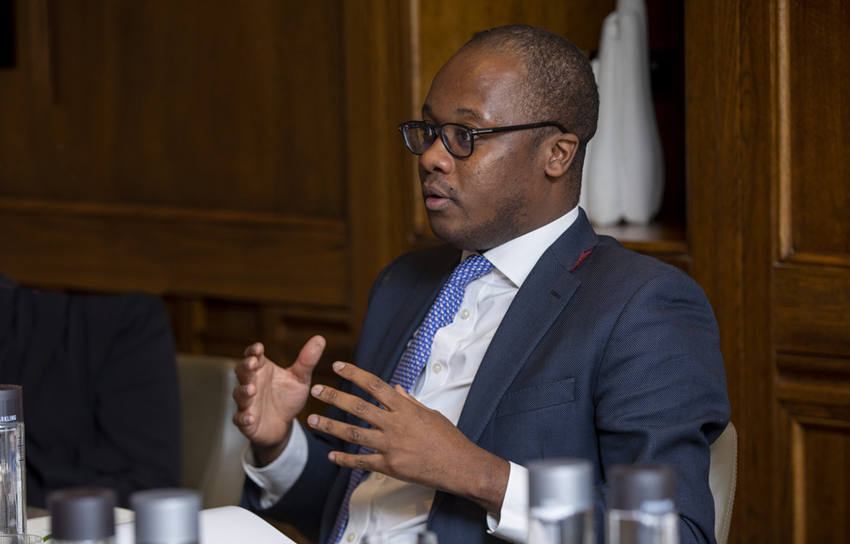
Do you all share Martin's views and, perhaps more broadly, what do you all think ‘good' now looks like in terms of fiduciary management and governance post the LDI crisis?
Paula Champion: Prior to the crisis, the risk of insolvency of LDI funds was not at the forefront of clients' minds. When faced with the heat of the crisis, they were initially concerned about the practicalities of meeting collateral calls, and simply looking for transparency and communication from consultants and fiduciary managers. It is unclear if the depth of understanding was necessarily there in terms of the potential insolvency of funds at the time. Trustees will now be looking for expertise to help with the collateral process, and with the aim to acquire a deeper understanding of some of the other underlying risks within the funds.
Donny Hay: Good fiduciary management is about delivering the best possible outcomes - that is, risk-adjusted returns within a strong governance framework, which does not inadvertently trip up because of operational and communication issues. We are very impressed in a couple of client situations where the deficit had risen by the level of transparency and honesty.
Kerstin Hartmann: It is acting in the best interests of the client and having the set-up, the technology, and the processes in place to be able to react quickly and diversify; but equally important, being open and transparent, so keeping the clients informed. A constant flow of information is imperative, and in many cases this has strengthened client relationships at a time of high uncertainty, or even fear, in the market.
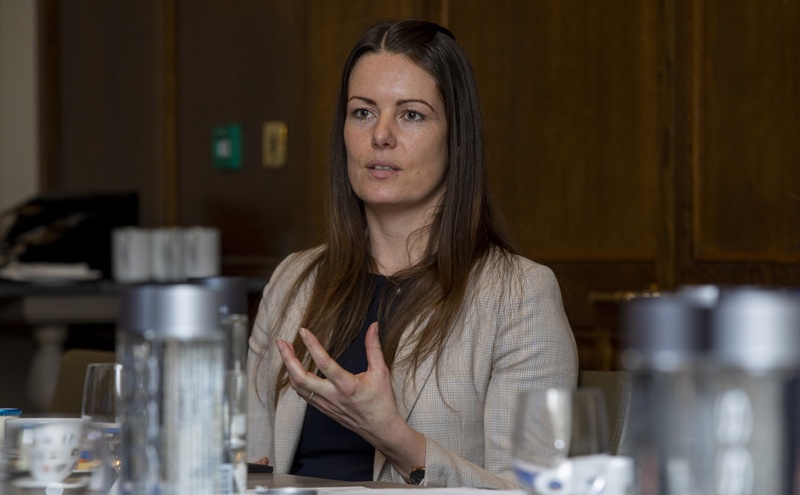
To what degree should schemes and fiduciaries be thinking about the worst-case scenario when looking at risk?
Nick Horsfall: You can look at worst-case scenarios, but what is a worst-case scenario? We are looking at it all through the wrong lens. These are just helpful shortcuts to allow for an appropriate amount of liquidity in the system. What the industry needs is just a wider view of risk, a wider understanding, and a way of managing it differently and more robustly.
Alan Pickering: What has turned me off traditional scenario testing is you end up with spurious accuracy, and people believe that it is accurate and not spurious. One thing we can do in scenario testing is look at operational issues, because during the liquidity crisis, it was the back office that was often the cause of the problem, rather than the investment thinking that back office was delivering.
Keith Scott: If you think back to the financial crisis, we were very worried about counterparty risk when Lehman went bankrupt and a lot of the medicine then was about fixing counterparty risk. So, we introduced central clearing and cash collateral. That sowed the seeds for this crisis because we needed instant liquidity. We have to be careful we do not focus too much just on this crisis because the next one will be different.
Martin Mwale: It comes back to the ‘so what?' of scenario testing. We have working groups at SEI, and they are a wide range of people with different expertise, who set limits to say, ‘We are now uncomfortable with that particular risk.' We are not just doing scenario tests and living with that. There is a ‘so what?' that some of them can action.
In light of the LDI crisis, how do you think both the regulatory environment and potentially the construction of scheme LDI portfolios should change?
Donny Hay: The main thing for us is that it is not enough to look at LDI in isolation. You have to look at the way it interacts with the rest of the portfolio. One of the learning points we are finding is trustees still need more training on this area. There still is a place for LDI but it needs to be better managed. Trustees should understand what happened to their portfolio, and it is a good opportunity for trustees to really learn a lot by going through an autopsy, picking up the learning points, looking at investment governance lessons, and seeing how that flows into the investment strategy implications.
What do you see as the lessons learned in terms of both regulation and the way in which we construct LDI?
Giles Payne: Regulation comes from the view that we are not trying to do it right when clearly everyone is trying to do it right, and they will look at this and try to see the shortfalls. Yes, there was a situation where yields moved incredibly quickly and had an unforeseen effect on portfolios, and we do need to review how we can make our portfolios more robust and deal with that more effectively.
Paula Champion: Competition and Markets Authority (CMA) objectives are a great opportunity to give trustees and schemes a chance to step back and think, ‘What are the things that are important to my scheme?' There is a risk that CMA objectives are regurgitated from scheme to scheme, with limited tailoring or focus on what matters to the scheme in question. In reality, objectives should be unique to each scheme and are likely to vary significantly depending on different trustee boards. I think the need has been exacerbated as a result of the crisis - a scheme's funding objectives, the relationship with the sponsor, the covenant, will all have shifted, and I would urge trustees to look at those objectives and think about your priorities as a scheme. Having that bespoke, scheme-specific view is really important.
Nick Horsfall: I am also seeing second-order things, which are much more important. There are a lot of schemes negotiating facilities that either use corporate bonds as collateral or repo corporate bonds. They are also looking at facilities with their corporates to provide liquidity, if required. There will be a reassessment of the boundary of segregated versus pooled, where you made certain assessments and you moved one way or the other.
Keith Scott: People will be reassessing the level of their hedges. You get the most benefit for the first 10% of hedging that you do, and the least benefit for the last 10%. The cost of hedging now has changed because the cost of leverage is higher and you must have more collateral, so doing that last 10% is a lot more painful than it used to be. Rather than hedge 100%, people may look at slightly lower hedge ratios of 90% or 85% to give themselves a little more flexibility.
How can those in an advisory role to schemes support trustee boards over the coming months?
Kerstin Hartmann: It comes back to communication and increasing understanding. Provide insight, discuss lessons learned, explain as much as you can, and learn from what happened and what can be improved.
Donny Hay: Since trustees were required to set strategic investment objectives for their investment adviser in December 2019, investments have become far more volatile and complex. Trustees should revisit these investment objectives in light of what has happened in 2022 to ensure they are fit for purpose. Objectives should be realistic, achievable and measurable. In business, what gets measured, gets done.
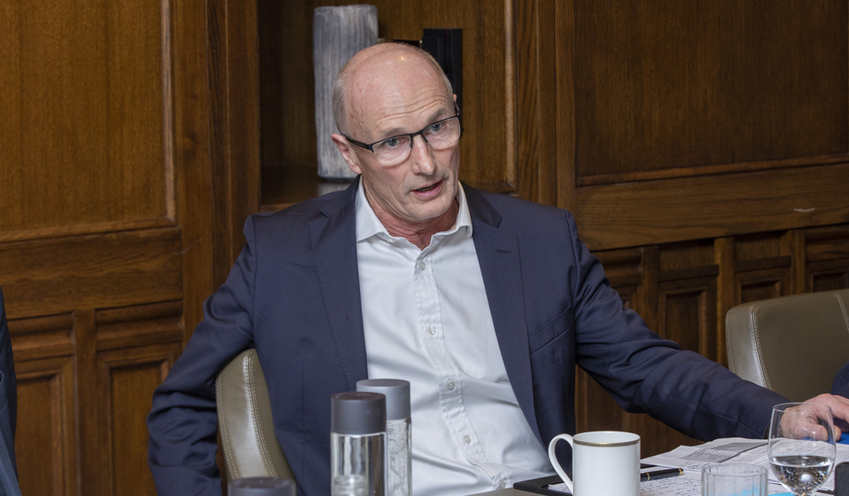
Giles Payne: At the moment there is a lack of real understanding as to what and how things went wrong - what ‘good' looked like and what ‘bad' looked like. We need a greater level of honesty within the industry to say, ‘These things worked well, these did not, and we need to look through that.' Everyone needs to get better. A real, honest assessment of what went on, and clear communication about that, would start the process.
Keith Scott: There are also changes to accommodate. You look at asset allocations now and in a lot of cases they are quite far away from the strategic allocation. This is simply because for a few months we had to focus so much on liquidity we were just moving everything into LDI. A reset needs to happen, to look at what the long-term goal is and how to adapt to a new strategy.
Paula Champion: Reporting needs to be looked at as well. We talked about scenario testing. Reporting is a means to keep that on the agenda, as well as monitoring around LDI collateral requirements. Not reams and reams of pages of reporting because, frankly, that can be a lot harder for trustees to get through and understand, but simple, straightforward reporting with clear actions will become increasingly important.
Alan Pickering: Once trustees and employers are on the same page, they must review the adviser line-up. Do we have the right line-up? Is it better to get the actuary and the investment consultant from the same house or different houses, and how can we get them to do a joined-up job on our behalf? Having got the adviser line-up correct, we then decide what other forms of subcontracting we want. We should all be doing that within the next six months, not to create churn, but to make sure that those advisors interact with each other in a different way now that the horizon is visible rather than invisible.
This roundtable was held on 25 January 2023 in association with SEI Investments




